European Starling (Sturnus vulgaris)

Above: Disposition aside, when you see a starling in just the right light...
Below: A European Starling at our feeders in Anne Arundel Co., Maryland (3/1/2008).
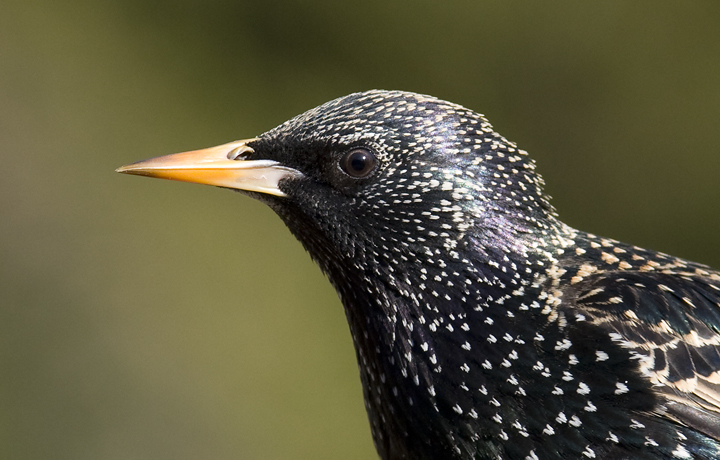
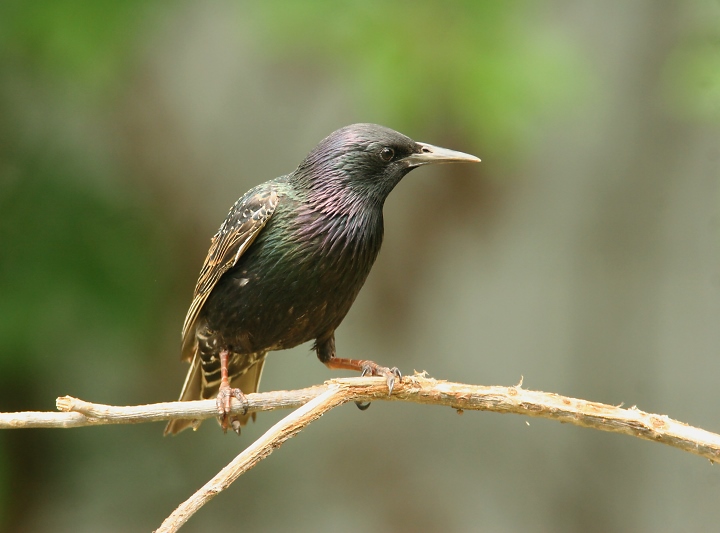
Above: Adult European Starling in breeding plumage in my yard in Anne Arundel Co., Maryland (7/8/2007).
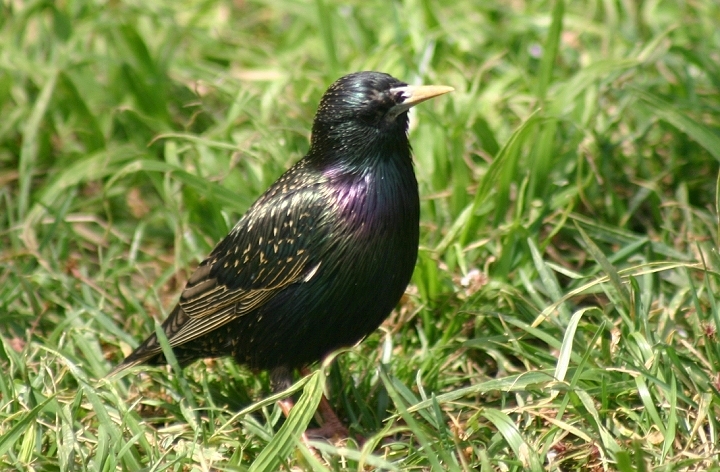
Above: Adult in non-breeding plumage, bathing in a Washington D.C. fountain.
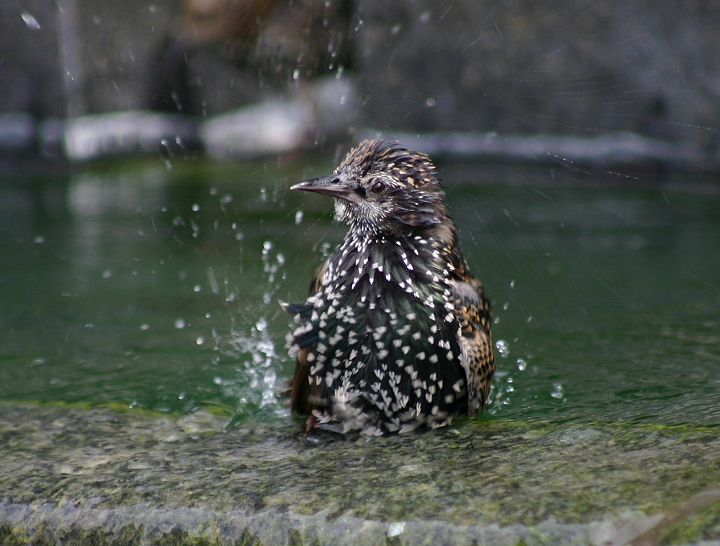
Above: First fledged young I saw this year (5/27/2005).
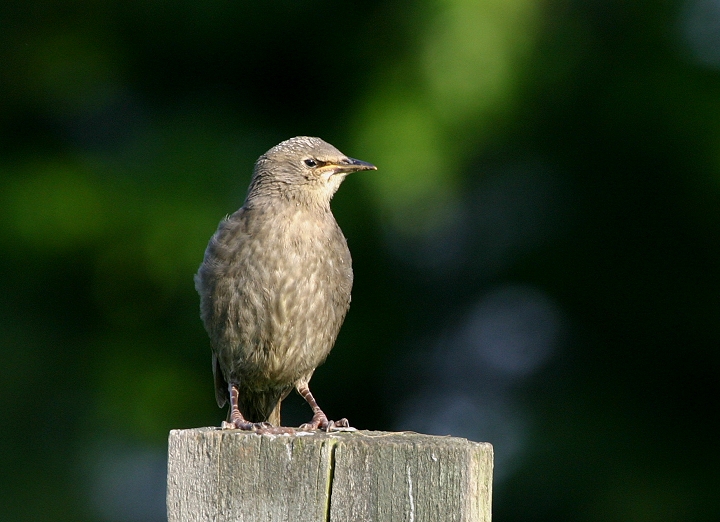
Playing around with exposures.
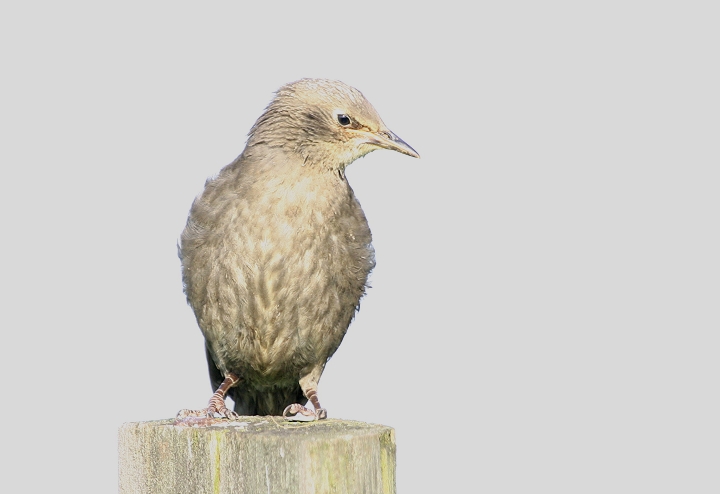
Below: A strange, probably partially leucistic juvenile starling at Blackwater NWR, Maryland (8/22/2006).
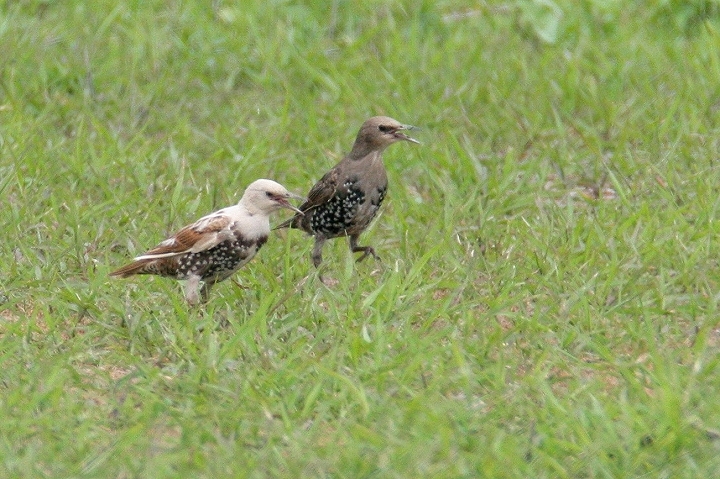
From the archives: Post-breeding European Starling abundance (Wicomico, Maryland, 2008).

Below: A European Starling at Bayside on Assateague Island, Maryland (10/12/2009).

Below: A juvenile European Starling on Assateague Island, Maryland (8/21/2011).

Below: European Starlings have gorgeous iridescence in the proper light - Anne Arundel Co., Maryland (4/27/2012).

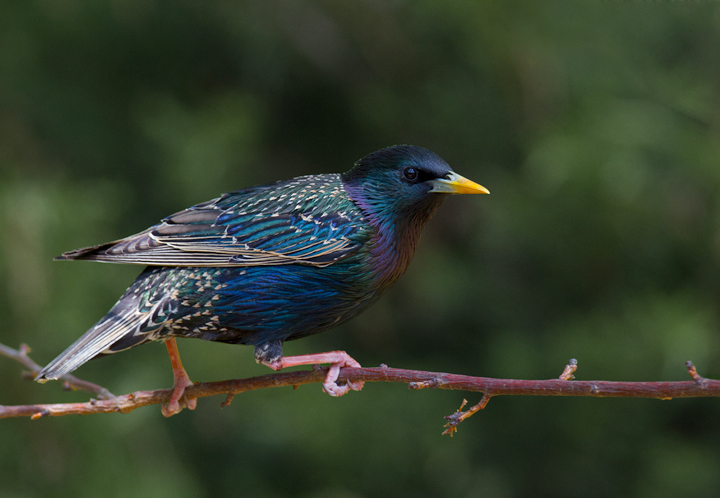
Comments: Introduced to North America in just 1890, the European Starling has established itself in the U.S. in Canada with incredible success. Starlings are aggressive and gregarious, competing throughout their range with native cavity-nesting species. They are equally successful in rural and urban environments, and flocks numbering millions of birds are common. Their habit of evicting species like woodpeckers and bluebirds from nests have earned them a reputation with most naturalists that is even worse than that of their fellow introduced species: the Mute Swan, Rock Pigeon, and House Sparrow. Our disdain for an introduced species is usually based on its level of competition with native species and general nuisance. The Rock Pigeon has filled a niche that few native species are willing to occupy, and is accepted if not appreciated. The Ring-necked Pheasant and House Finch, attractive and pleasant guests, are welcomed by most with open arms. The starling, as interesting and attractive a species as one might argue it to be, is considered by most to be ornithological public enemy number one.
